How I keep my north-facing rooms feeling cozy and comfortable all winter long – even in a period property
Beat the freeze and save on energy bills with these expert-approved tips

Chiana Dickson

If you have a north-facing room in your house, you will know all too well just how hard it is to keep warm through biting winter weather – especially if your home is older or lacks insulation.
While living in a period home has its stylistic perks and quirks, these homes tend to be much harder to keep warm than energy-efficient newly-built ones, particularly if you don't want to, or cannot, spend large sums on energy bills in the colder months.
Here, we ask the experts how to keep these spaces cozy, even in the cold, as getting almost no sunlight even on the brightest of winter days means getting creative when warming up a north-facing room.
How to keep a north-facing room feeling cozy and comfortable
So, if you want to keep a house warm without turning up the heat to cut energy bills, here are 10 ways to beat the frost and freeze, as recommended by HVAC professionals and home improvement experts.
1. Never underestimate the power of a rug
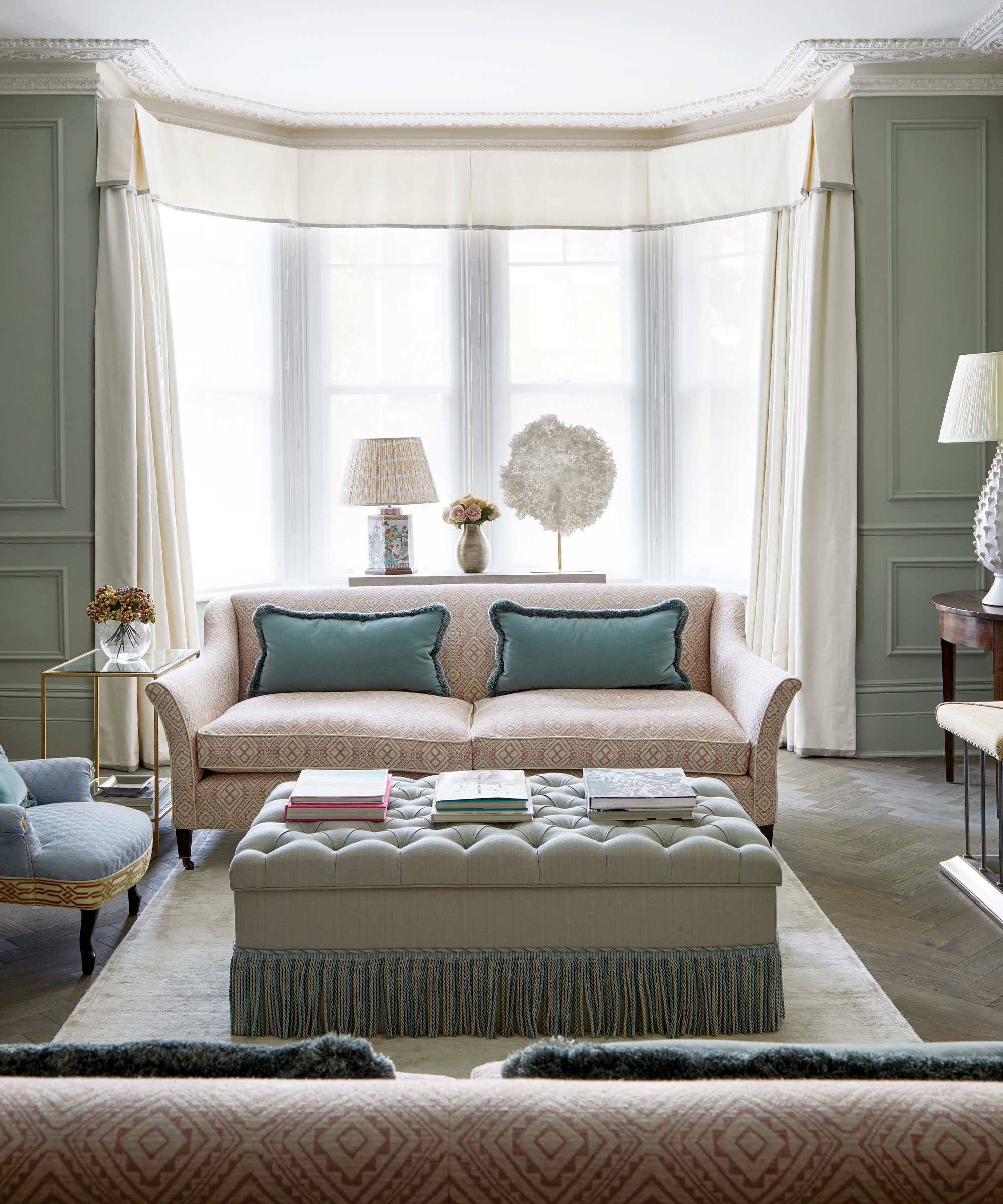
A good rug is key to tying any room together, but they are also essential when trying to make a north-facing space cozy.
'As someone who already has issues with my circulation, adding a thick rug to my north-facing living room made a huge difference to how comfortable I feel walking around my space,' says Chiana Dickson, content editor here at Homes & Gardens. Given that heat rises, the floor level is usually the coldest spot in a room, so using inspiring living room rug ideas is the ideal solution that also makes my large living room feel cozy.
If you're not sure how to choose a rug to warm up a room, opt for natural materials where you can, such as wool, and pick a thicker option for added insulation. You may also want to consider layering your rugs.
Design expertise in your inbox – from inspiring decorating ideas and beautiful celebrity homes to practical gardening advice and shopping round-ups.
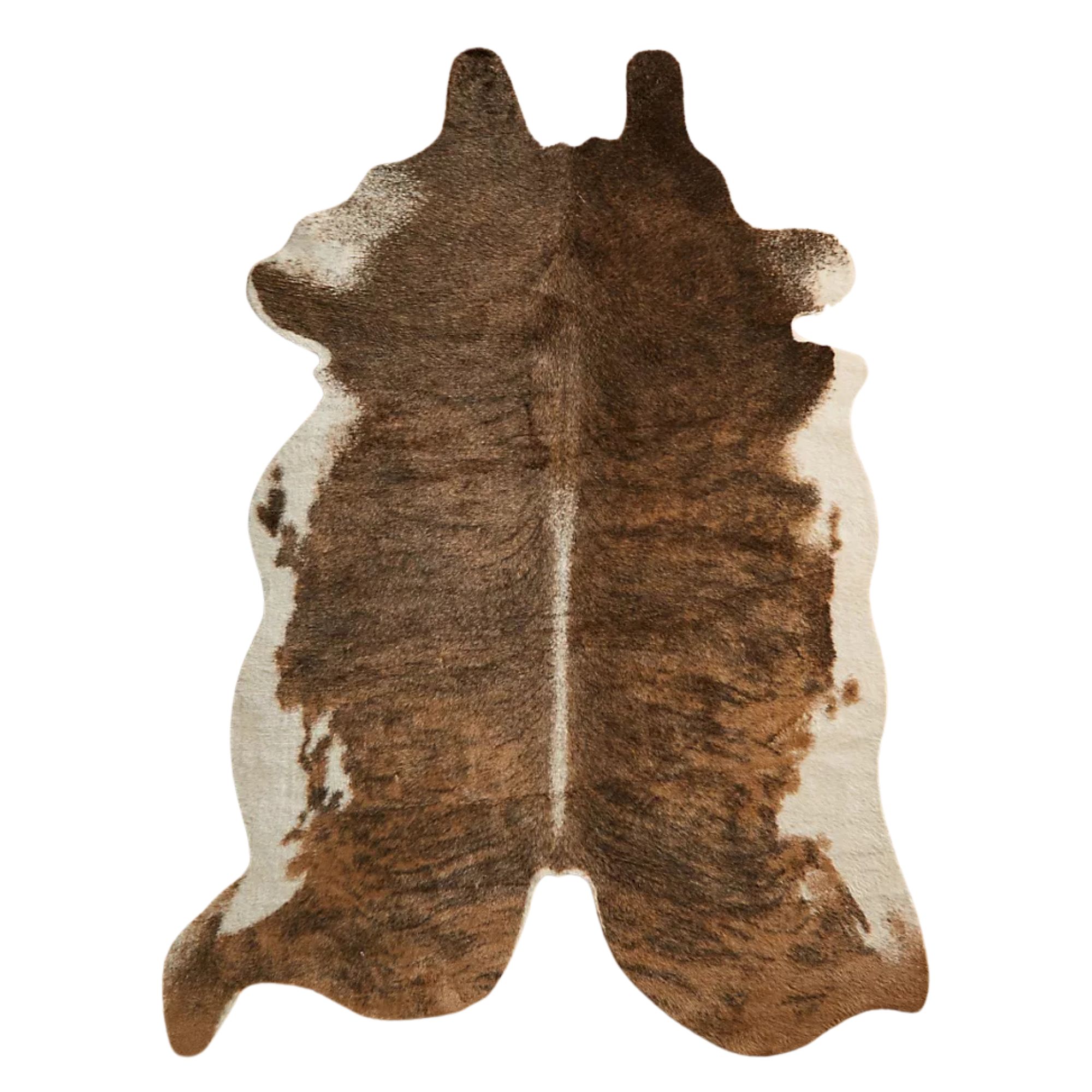
I love the look of cozy, animal skin rugs, and this faux option is made of tufted faux fur and felt. Happy shoppers comment on its good quality and beautiful appearance.
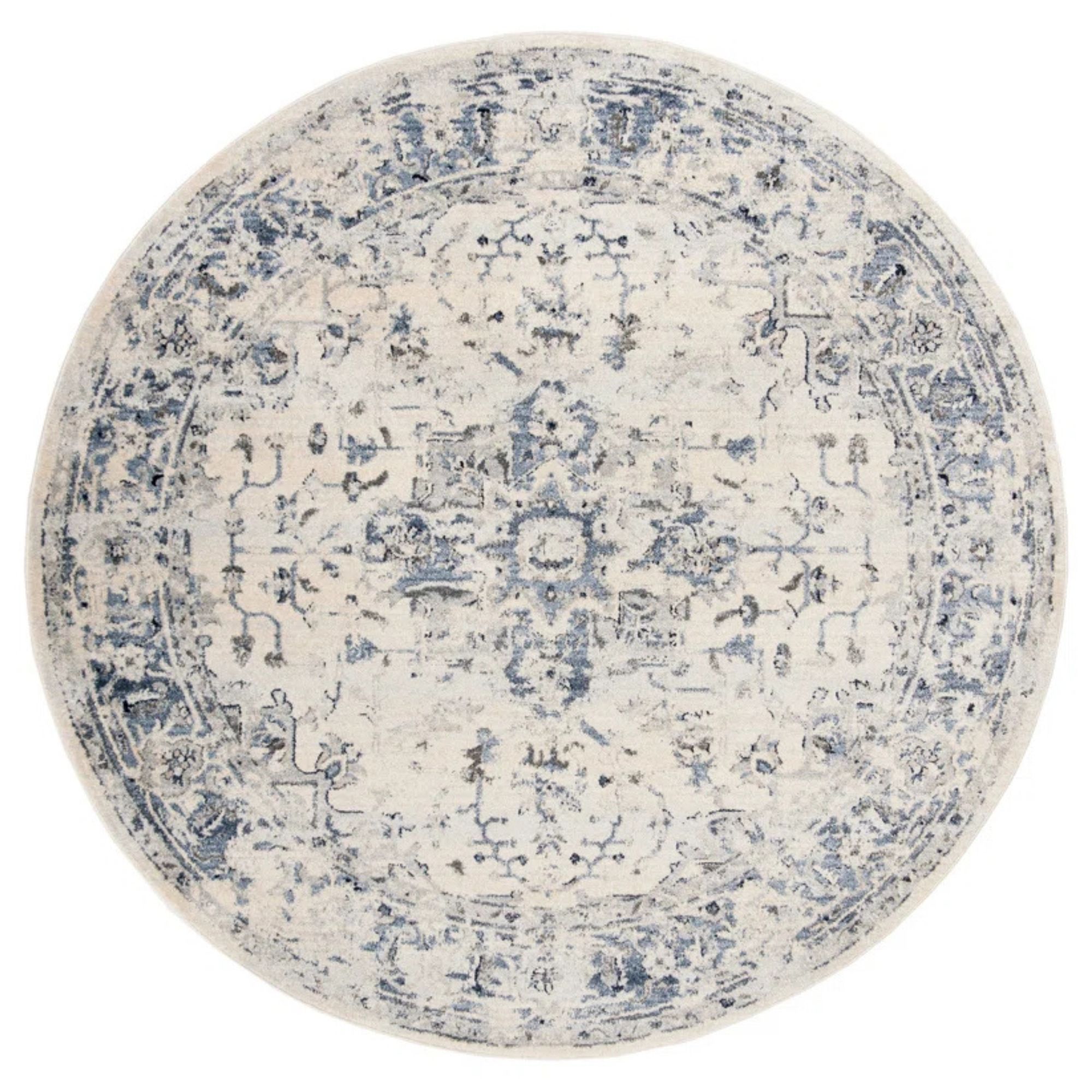
Why not go for something a bit different and opt for a circular rug? This one is stain-resistant and non-shedding, made from durable synethetic-fibers, making this rug perfect for high traffic areas of your home.

This statement rug is available in a range of sizes to suit your space, and is made from 100% New Zealand wool. The pattern adds vibrant colors and interest while the medium pile creates softness underfoot.
2. Use curtains strategically

While you may be clued up on how long curtains should be, or how to choose curtains for a living room, did you know they can have a significant effect on how cozy your home feels, too?
'According to the Department of Energy, about 20% of a home's heating is lost through windows,' points out Kriss Swint, director of marketing communications and design lead at Westlake Royal Building Products. 'Switching out lighter window curtains for a curtain made of velvet of heavy linen, and adding door-length curtains to glass doors is quick fix to help trap warmth inside.'
Therefore, when choosing the best curtains for your space, we recommend opting for thick fabrics, such as the Joydeco Black Velvet Curtains available at Amazon, which also block out 70-80% of natural light, so work well as bedroom curtain ideas.
3. Have your HVAC system serviced
Wondering how often an HVAC system should be serviced? Making sure yours is in full working order is one of the best ways to keep a home warm all day, advises Brad Roberson, president of Aire Serv.
He says, 'Older, inadequate HVAC systems that don't work as efficiently as modern units can make it harder to maintain a comfortable and consistent temperature within the home.
'Therefore, having the HVAC system serviced or upgraded to a more modern, energy-efficient model better allows for a consistent temperature.'
Roberson also recommends that homeowners change the air filter every 30 to 90 days, knowing how to clean an HVAC system and how often air ducts should be cleaned.
4. Reflect heat into the room
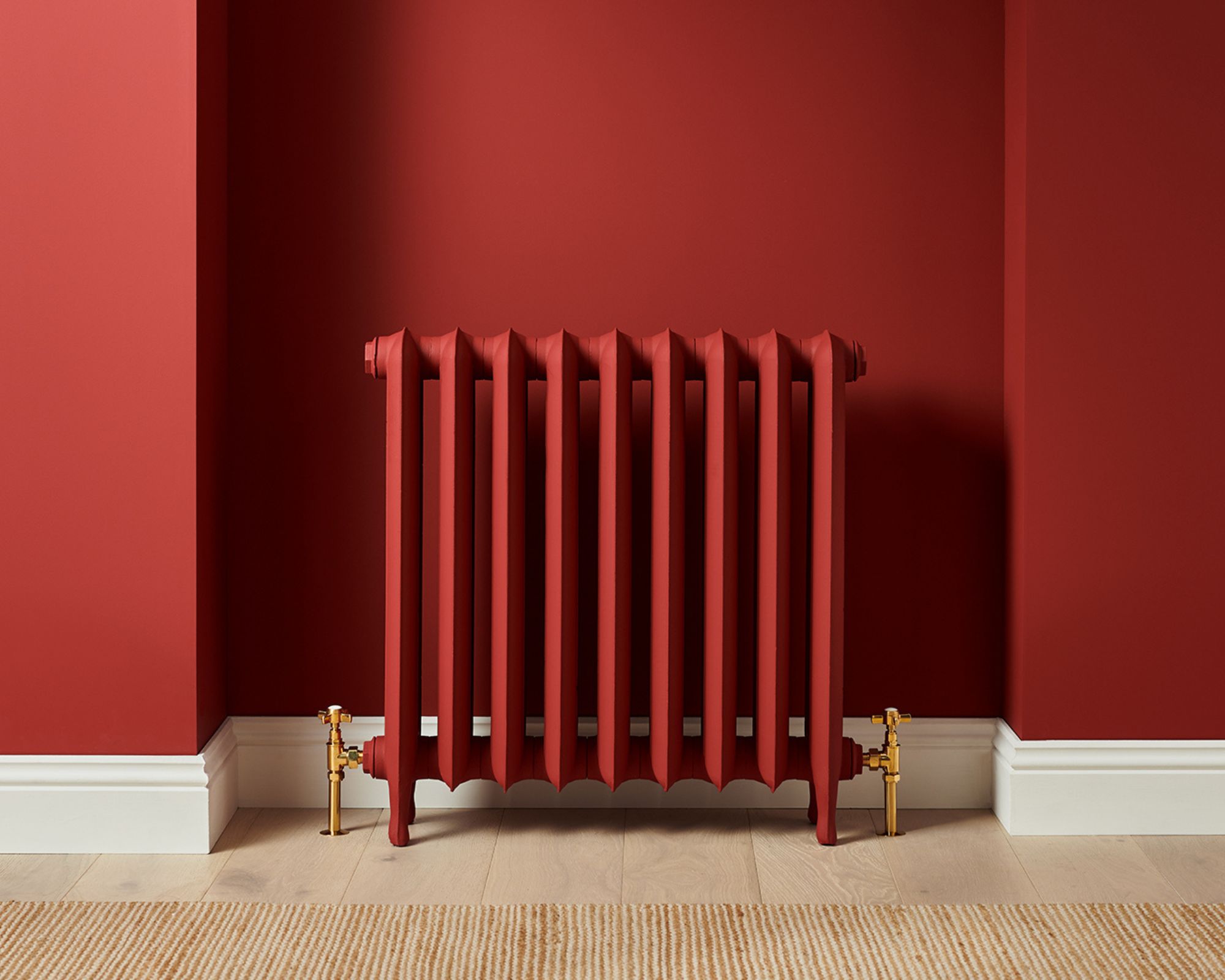
For the times that you radiators are on, reflecting the heat back into your room will keep the room feeling cozier for longer.
'Place a reflective panel behind your radiator,' suggests Francisco Fuenmayor, insured handyman expert at LocalProBook. 'This inexpensive trick helps direct more heat into the room instead of losing it through an external wall.'
Fuenmayor recommends the Reflective Insulation Roll available at Amazon for this, which is both effective and easy to install, with 78% of reviews rating it five stars.
5. Boost heating with draft excluders
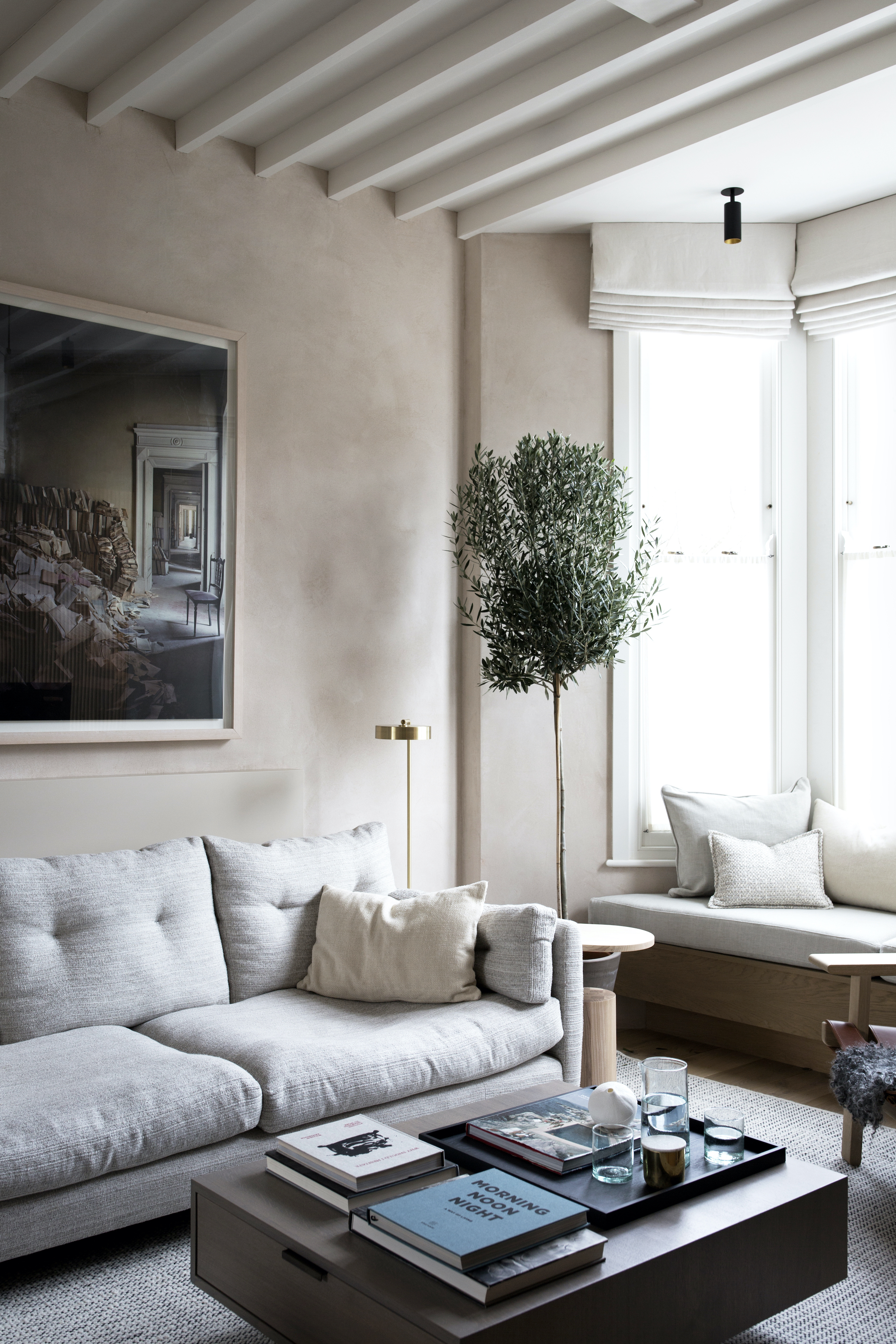
There are many DIY draft proofing solutions, which are a must when trying to heat a north-facing room and keep it cozy without spending additional money on heating.
One of my favorite heat retention tips is to use draft excluders, such as the Xcluder 36" Low-Profile Door Sweep available at Amazon, on every door, both internal and external, to keep warm air generated by my different home heating types inside the room as best I can.
'Door sweeps come in two forms,' explains building and design expert Swint. 'U-shaped pieces which slide under aluminium, or steel doors and metal strips that screw, nail or staple to door bottoms. Either have an attached strip made of vinyl, plastic, sponge brush or other air-blocking material.
'Use it to fill the gap between the bottom of your door and the threshold. To install, measure your door (using a measuring tape, such as the CRAFTSMAN 25-Ft Tape Measure with Fraction Marketing available at Amazon), fit the strip (cut to correct length if necessary), drill pilot holes and tighten with screws.' Our guide on how to read a tape measure will ensure a perfect fit.
6. Move furniture away from vents

Just as you can rearrange a room to make it cooler, did you know you can arrange a room to maximize heat?
'You could be missing out on valuable heat if you've accidentally covered a vent with furniture,' says building and design expert Swint. 'Consider rearranging your rooms to accommodate those key sources of heat in your floors. If you're struggling to find a perfect arrangement for your furniture, do your best and then supplement with a vent deflector or extender.'
These nifty tools, such as the Home Intuition Non Melting Adjustable Magnetic Heat and Air Vent Deflector for Vents available at Amazon work by pushing air into the parts of your room that your vent can't reach, either because of placement or obstruction.
7. Use a portable electric heater
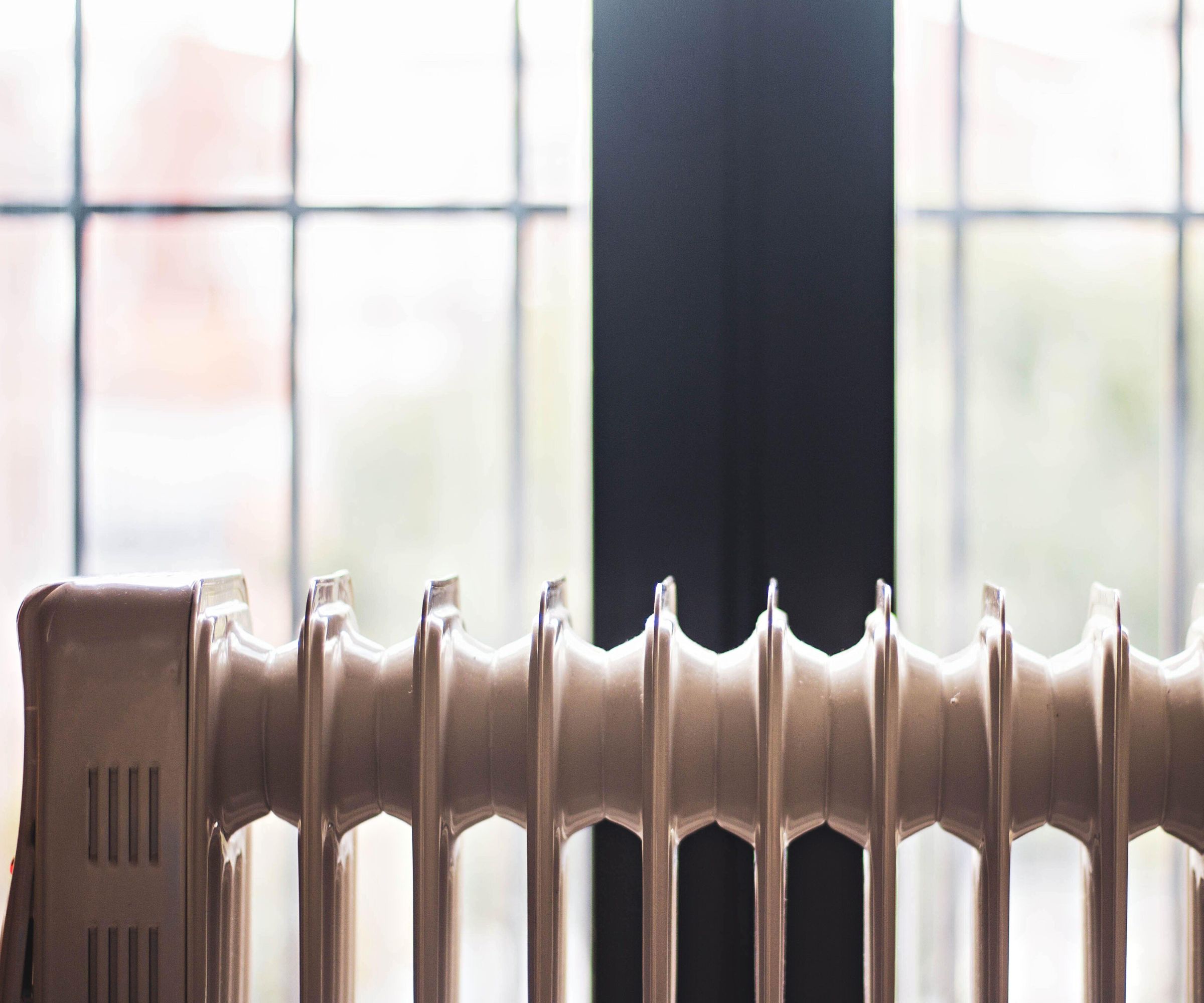
While you might be worried about how much it costs to run an electric heater, it's all about finding the best types of space heater for your home, advises insured handyman Fuenmayor, who recommends using a portable electric heater with a fan.
'They're an excellent option for quickly heating the air in the room,' he says. 'It is worth paying attention to the power of the heating element and the material – my advice is to buy only a ceramic heater.'
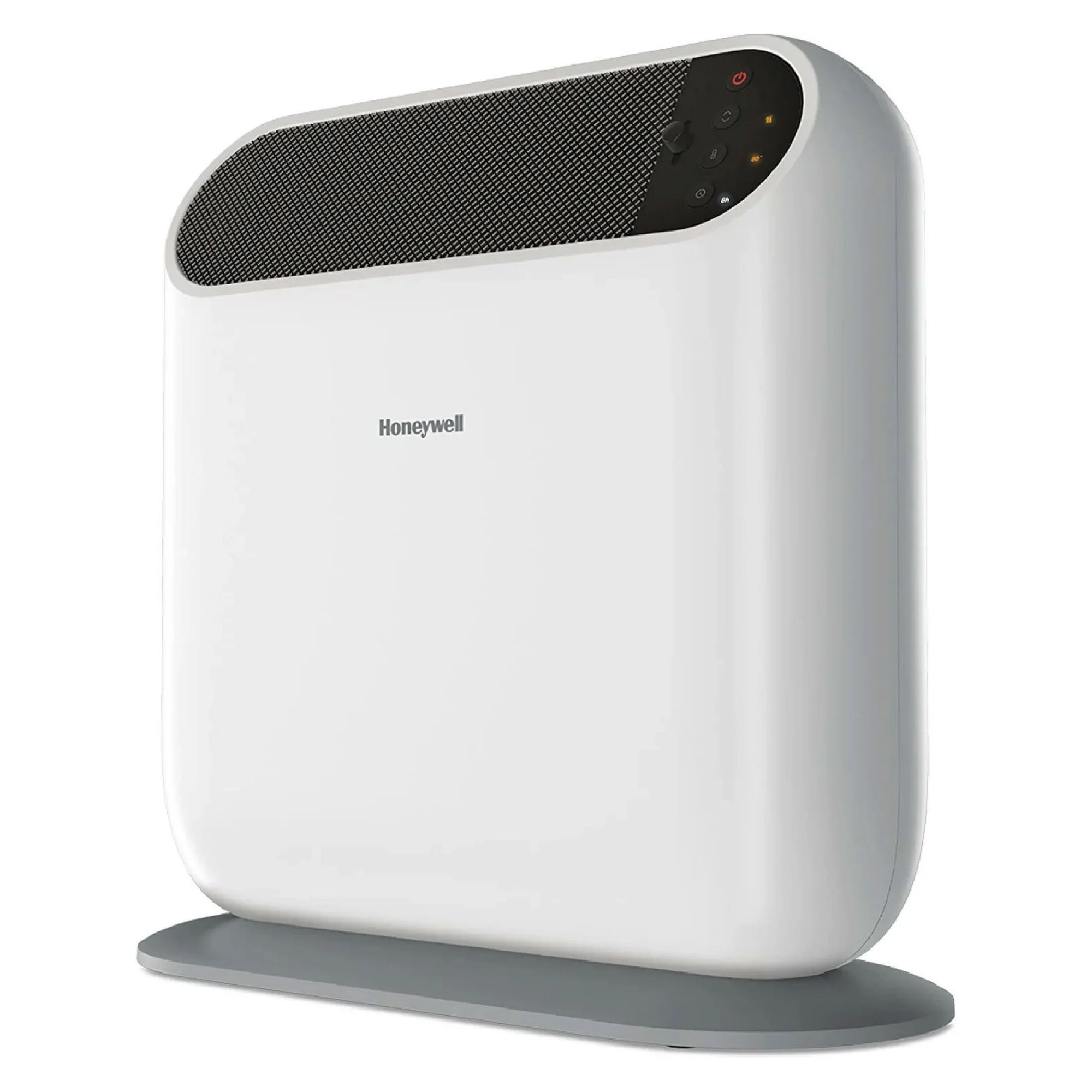
Fuenmayor recommends this ceramic, portable space heater, which features two heat settings as well as a fan only setting, with directional heat control.
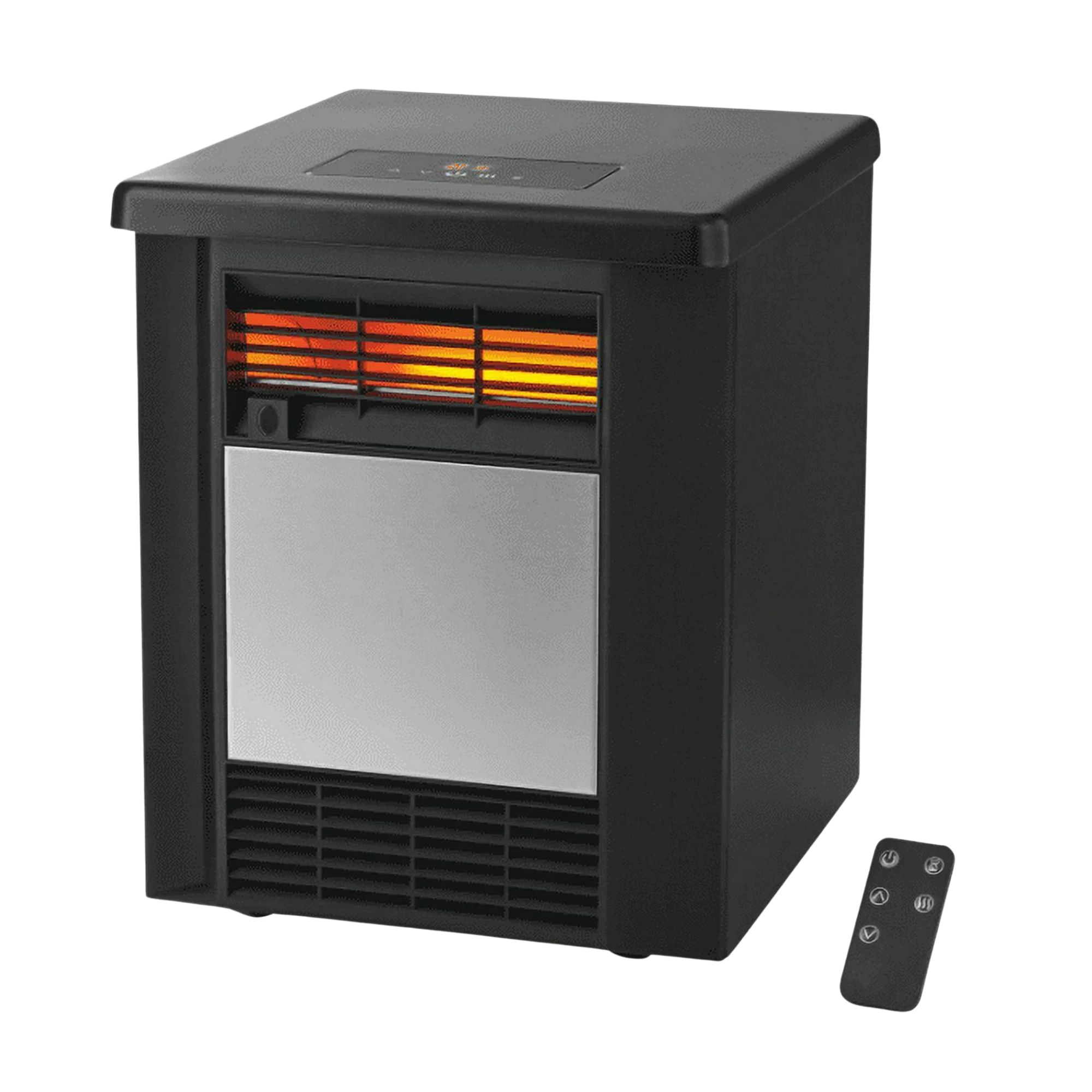
Allen Chenault, owner and founder of AC's Heating & Air LLC recommends this heater, for the 'budget-conscious home owner, as focusing on smart, energy-efficient options will ensure maximum comfort at minimal cost.'

Owner of Clean Air Heating & Cooling Colin Matei recommends this bestselling portable heater, which has two quiet heat settings and an 8-hour auto-off timer, delivering 1500 watts of comforting warmth.
8. Trick the mind with warm lighting and decor
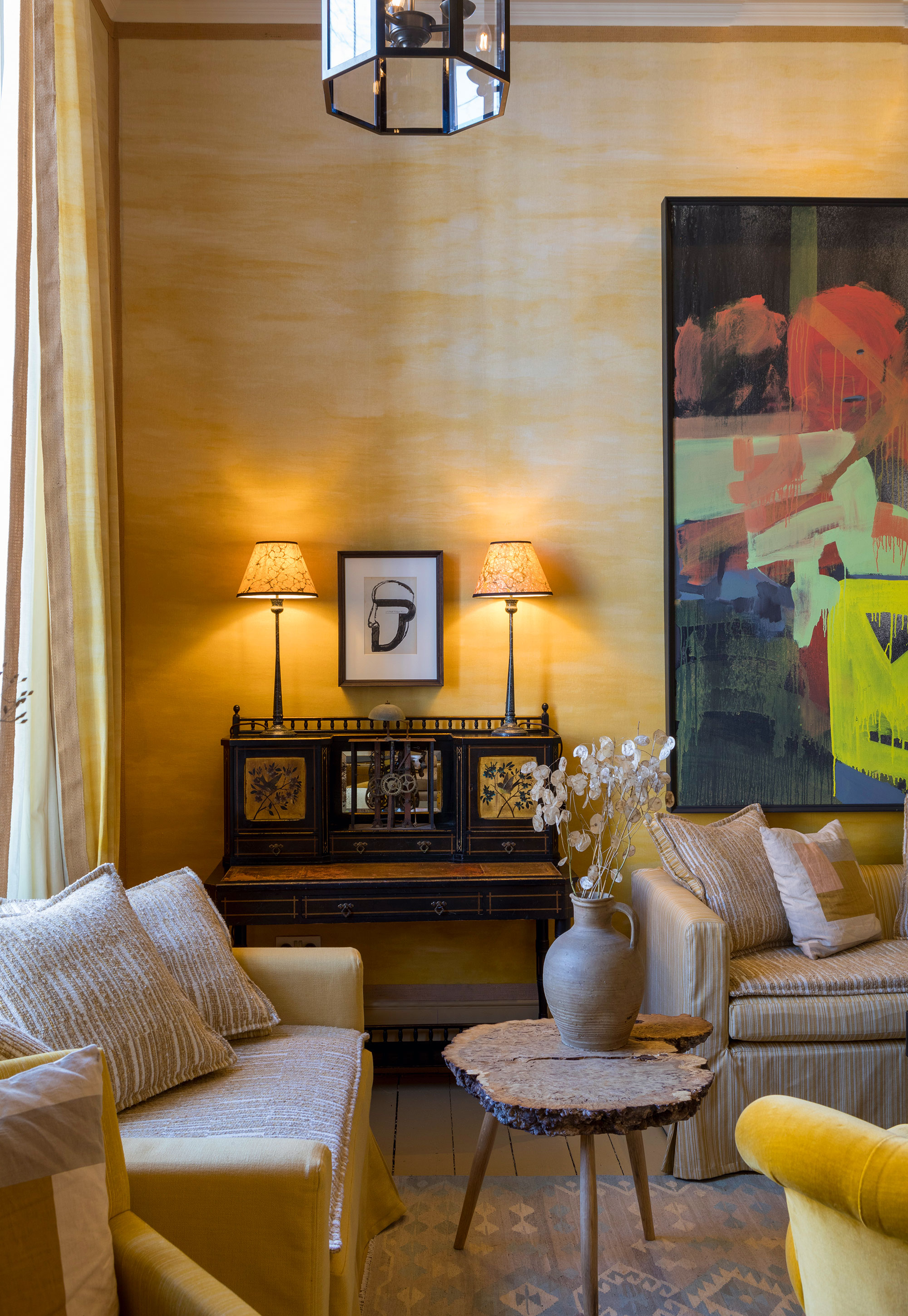
It is essential to heat your home through winter to protect your building and your health, but trying to save money at home means leaving the heating on all day isn't an option.
I found that along with retaining heat and warming up my north-facing room with insulation, tricking my mind into feeling cozier also helps to extend the time between turning up the thermostat.
To do this, I use layering in interior design tips, by stacking natural materials such as wool throws, rugs, thick thermal curtains, and cozy pillows, paired with wearing quality jumpers and socks made of materials such as wool and cashmere. This is certainly an investment but definitely helps when you might prefer to spend your money on things you can keep and continue to use year after year. Plus, learning to style with natural materials creates a restful mood, making my otherwise cold north-facing room a joy to cuddle up in.
I also play with the lighting temperature basics to make my north-facing room look warmer. Using warm-toned lighting with a more orange hue is key to making the space look less cold and dull, and I like to use the Philips Hue Smart Bulbs available to Amazon to achieve this.
9. Seal and weatherproof windows
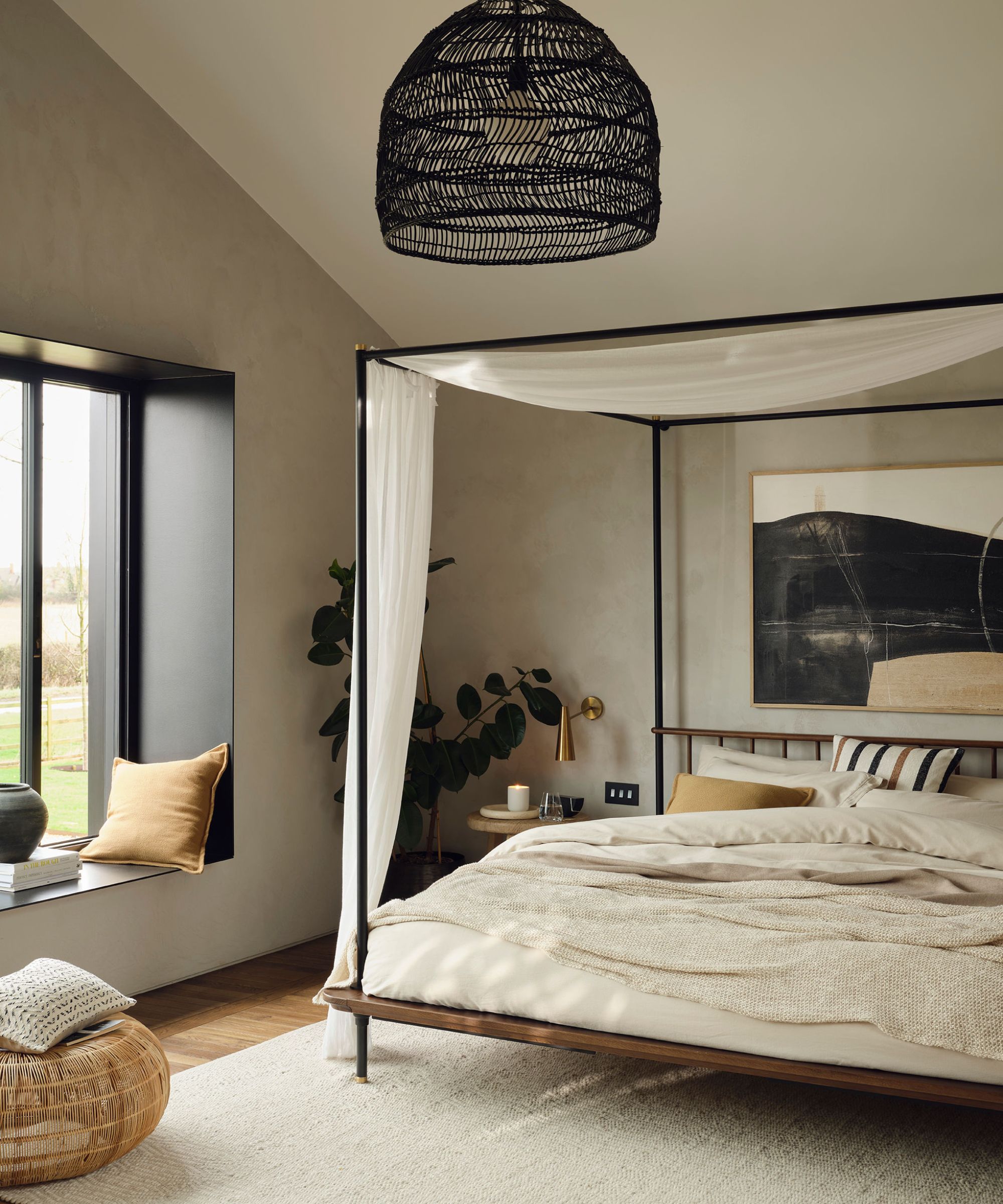
'Check for air leaks, clean your window tracks of any debris that may interfere with seals, and repair any missing or damaged sealant,' says building and design expert Swint. 'Weatherstripping with felt rolls or rope caulk (such as the Frost King Indoor & Outdoor B2 Mortite Caulking Cord available at Amazon) is a cost-effective solution for older windows that have worn-out putty or doors with insufficient sealing and caulking.'
For an extra layer of protection, you may also want to apply window shrink film, such as the Frost King V76H Shrink Window Kit available at Amazon, which acts as an airtight barrier to weatherproof your windows and further insulate them from drafts, which will make your north-facing room feel colder.
'Don't forget to weatherproof your windows from the outside too,' adds Swint. 'Sealing cracks or gaps with aesthetically pleasing trim can make a significant difference in keeping the heat in and the chilly air out.'
Swint recommends using a moisture-resistant option such as the XFasten Transparent Window Weather Sealing Tape available at Amazon, which is puncture-resistant, heavy-duty, air and watertight sealing and weatherproof. There are signs your wooden windows need replacing, so keep an eye out for drafts, rattling, rot or single glazing.
10. Seal sockets
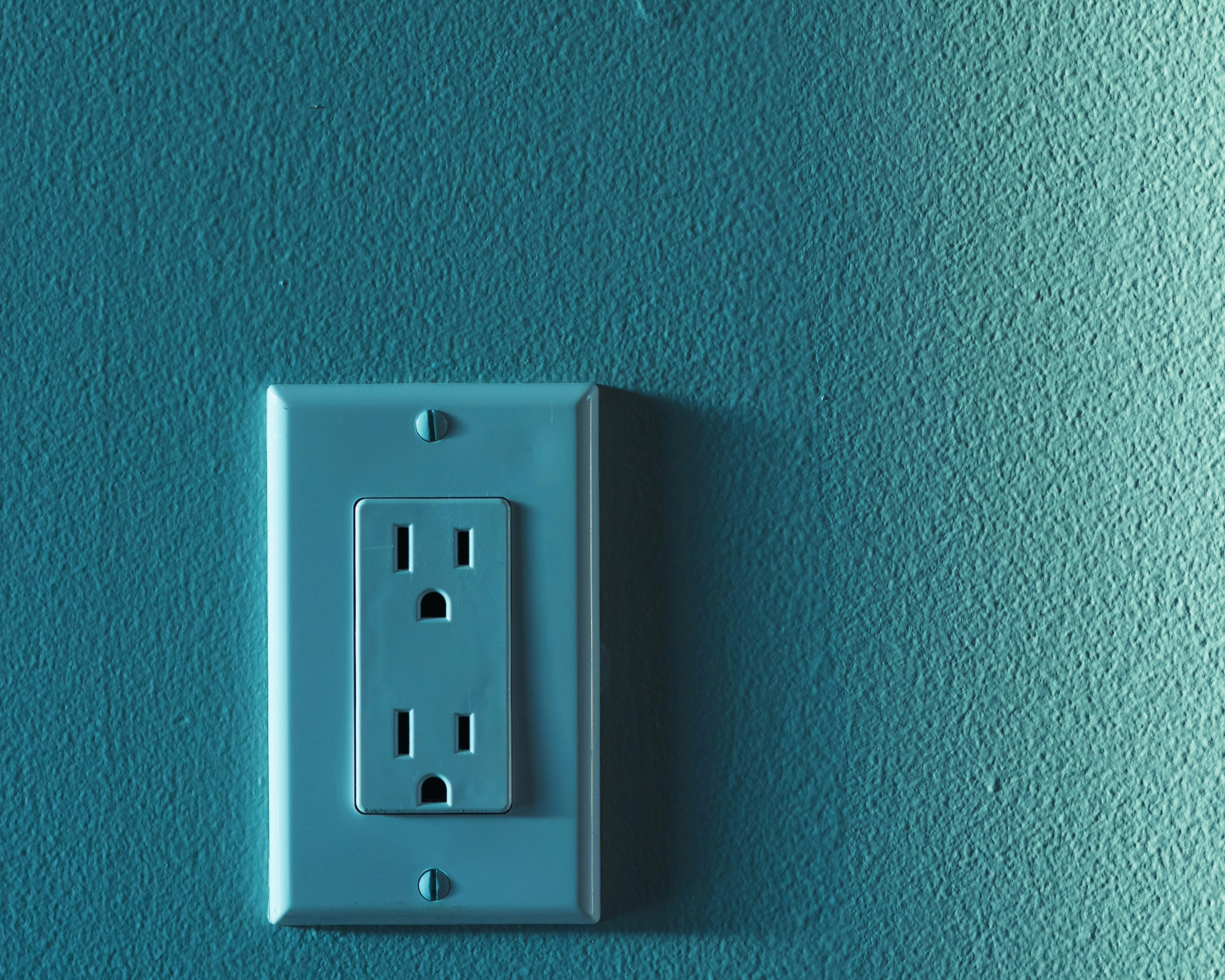
Finally, insured handyman Fuenmayor recommends sealing plug sockets around your home.
'Be sure to insulate all sockets, especially on the north walls of your house,' he says. I would recommend the Duck Brand Socket Sealers available at Walmart and the Frost King OS6H Foam Outlet Sealer available at Walmart to homeowners. It is easy to do and you will get an excellent effect.'
These help to improve energy efficiency, increase comfort and save money – keeping north-facing rooms feeling cozy all winter long.
FAQs
What are the benefits of a north-facing room?
North-facing rooms may get a bad reputation for being cold and dark, but these spaces are perfect for escaping the heat in summer – something that is becoming more sought after as summers become hotter year on year. There are home remedies to stay cool during a heatwave, many of which involve utilizing the colder air in north-facing rooms to cool down the southern side of the home.
It is important to remember that while heat retaining tricks and making a room cozier is good to help save on energy bills, it is vital to still heat your home using a heating system some of the time. This not only helps to get rid of black mold and prevent it coming back around your home, it also ensures you stay healthy.
Pairing heating with these tricks is the way forward to maintain a budget without being uncomfortable. Asking how often you should open windows in winter? As surprising as it is, doing so also improves your health and your sleep by keeping rooms fresh and well ventilated.

Ottilie joined Homes & Gardens in 2024 as the News Writer on Solved, after finishing a Master's in Magazine Journalism at City, University of London. Now, as the Sleep Editor, she spends her days hunting deals and producing content on all things sleep – from mattresses and sheets to protectors and pillows, all of which she tests in her own home. She also has particular expertise in home fragrance, covering everything from candles to reed diffusers.
Previously, she has written for Livingetc and Motorsport Magazine, and also has a Master's degree in English Literature and History of Art from the University of Edinburgh, where she developed a love for inspiring interiors and architecture.
- Chiana DicksonContent Editor